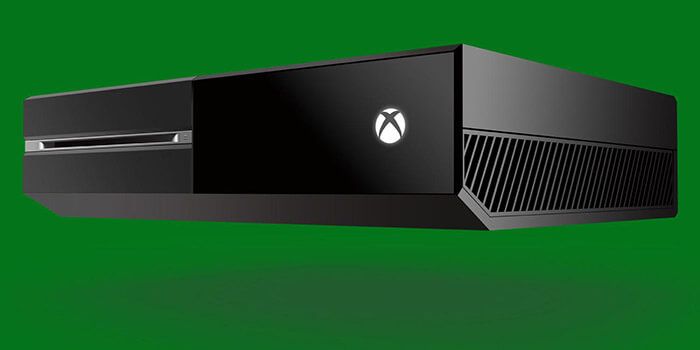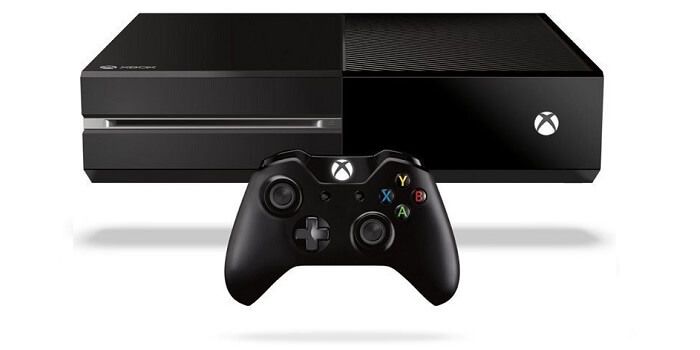Microsoft has been doing all it can to help keep the Xbox One competitive. Initially, the tech giant's home console was being dominated in sales by its competitor, Sony's PS4. There were many reasons cited for this, from a higher price due to the Xbox One's mandatory Kinect feature, to a backlash against unpopular business practices regarding second-hand games and launch parity requirements, and the PS4's apparent higher visual quality. It all came down to month after month of the PS4 winning the sales race.
However, Microsoft then took some drastic steps. Kinect was dropped as a requirement, and bumped back to the peripheral it was for the Xbox 360. There was a price drop to coincide with this, and there will be even more reductions in price for bundles as we near the holiday season. These plans have, for the time being, worked. Sales doubled in June after Kinect was dropped, and the Xbox One beat the PS4 in sales for September. Now, the first signs are dropping about a new, smaller Xbox One.
Forum user Mosen over at Beyond3D discovered an intriguing listing on the LinkedIn page of Daniel McConnell, a senior manager at Advanced Micro Devices, or AMD. AMD is the chip manufacturer for the Xbox One, and McConnell revealed a project that he had been working on in a now-deleted update. Apparently, McConnell has "successfully planned and executed the first APU for Microsoft's XBOX One Game Console in 28nm technology and a cost-reduced derivative in 20nm technology."
So what, exactly, does this mean for the Xbox One? Currently the Xbox One's processor is fabricated at 28nm, and a reduction to 20nm could potentially mean a reduction in manufacturing cost and consumption of power, leading to a smaller casing design and different cooling solutions. It may well be the first steps towards a new, slim-line Xbox One.
There are even more hints that Microsoft are looking to adapt the Xbox One. Microsoft has created a LinkedIn job listing for an electrical engineer to work on the Xbox Game Console Development Team. Candidates are expected to work on development of the memory subsystem, and to work on "different solution options for performance, functionality, stability, cost and risk for the memory subsystem within the platform."
It is, however, worth noting that this Xbox One Slim could be some ways off just yet. Richard Leadbetter at Eurogamer has revealed that production economics are likely stopping Microsoft from developing a new model immediately. Leadbetter states that new chip fabrication is "notoriously expensive," and that TSMC - the factory physically making Xbox One processors - is busy creating processors for the iPhone 6, 6 Plus, and iPad Air 2.
So what can Microsoft do in the meantime? Head of Xbox, Phil Spencer, may have something up his sleeve. Spencer has recently hinted that Microsoft is looking for new stories and characters to create brand new IPs for the console, with rumors that developer Rare may be involved in the creation of something fresh. Let's see whether these new IPs will have a smaller model Xbox One to call home.


